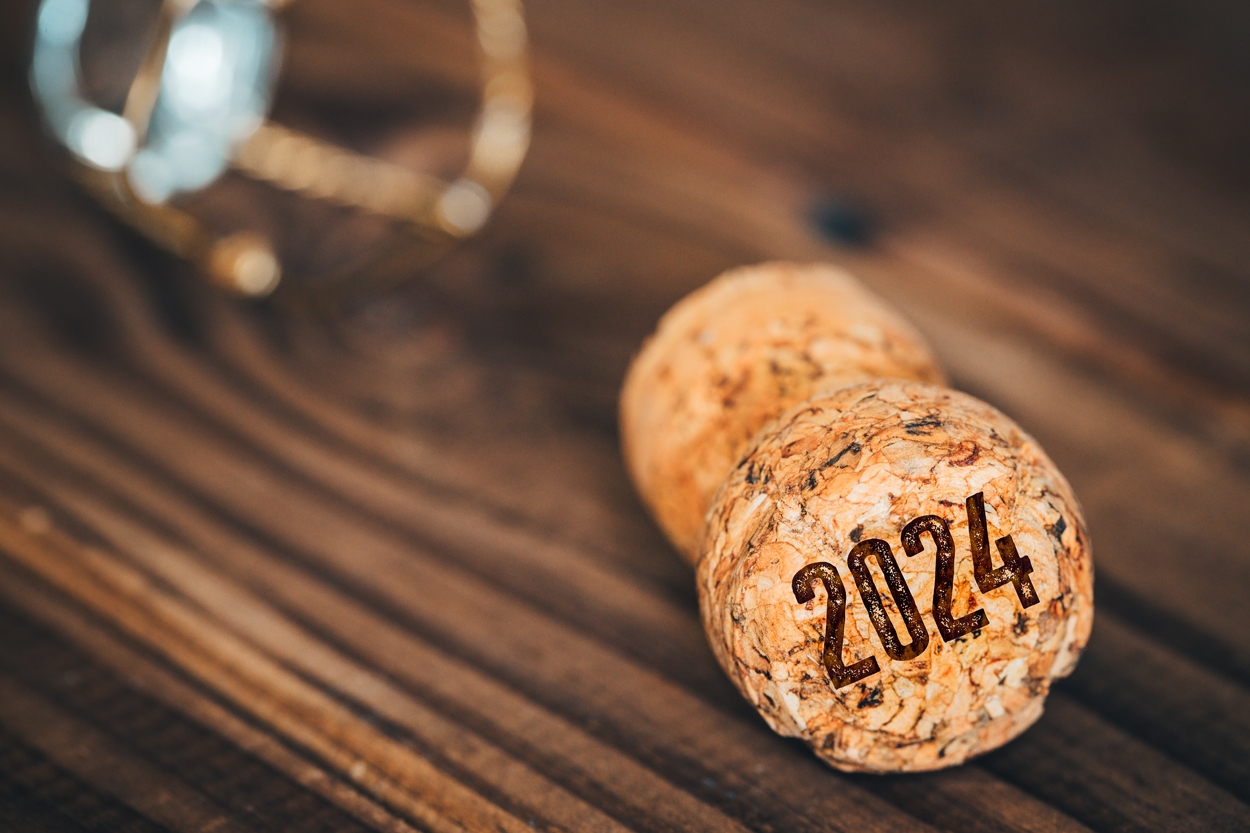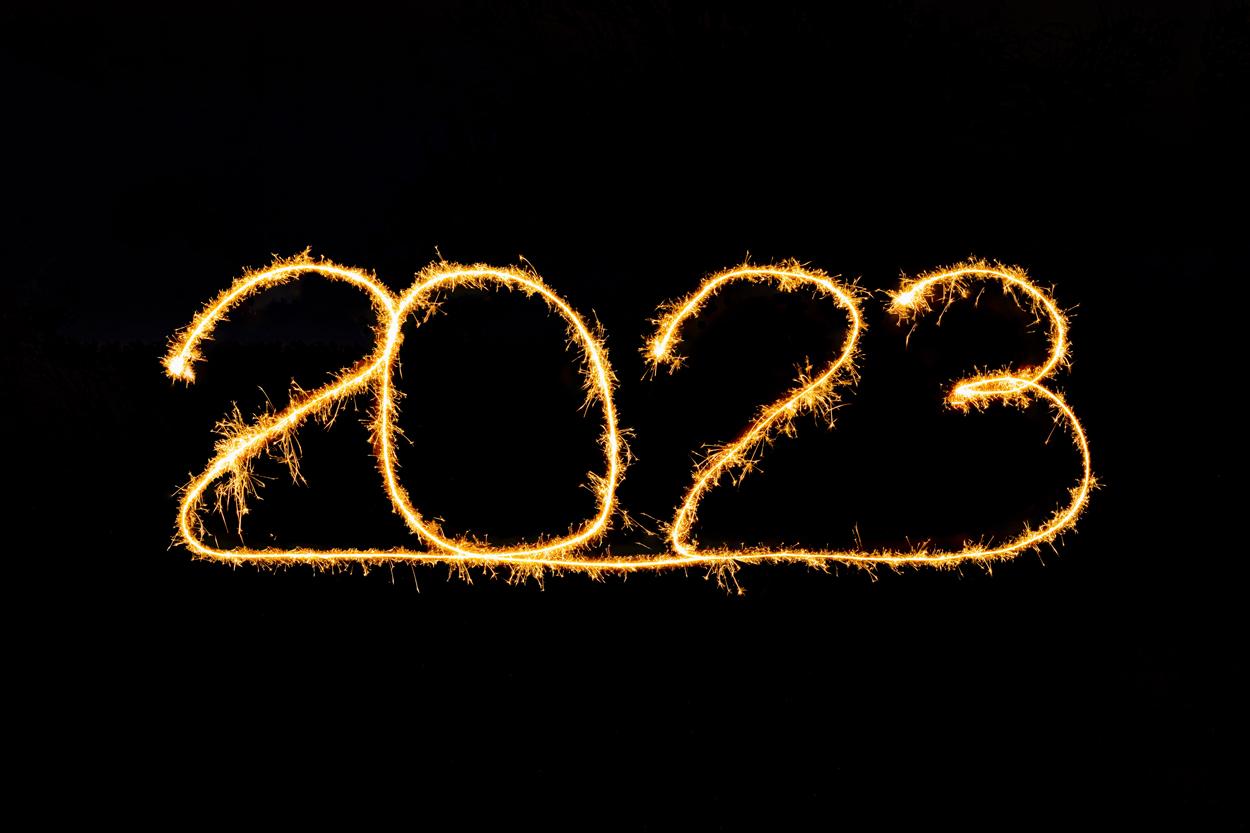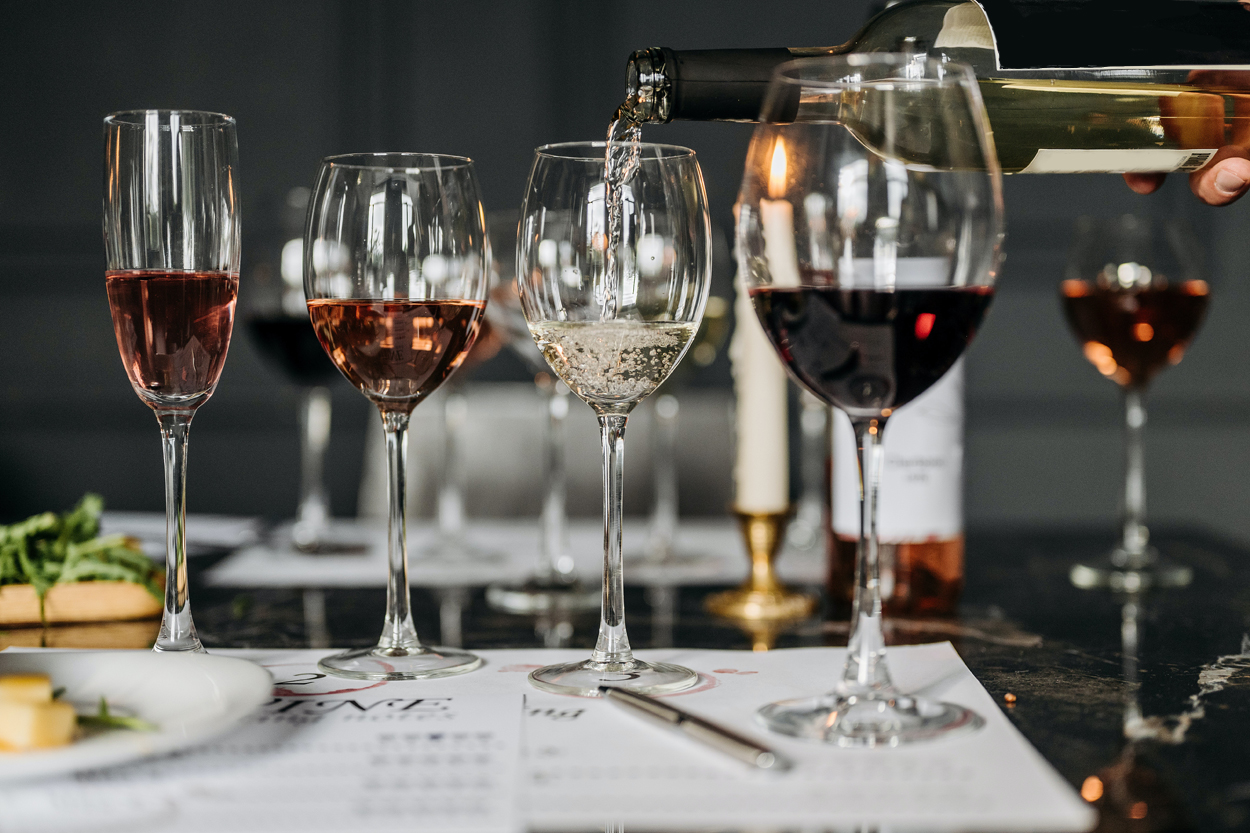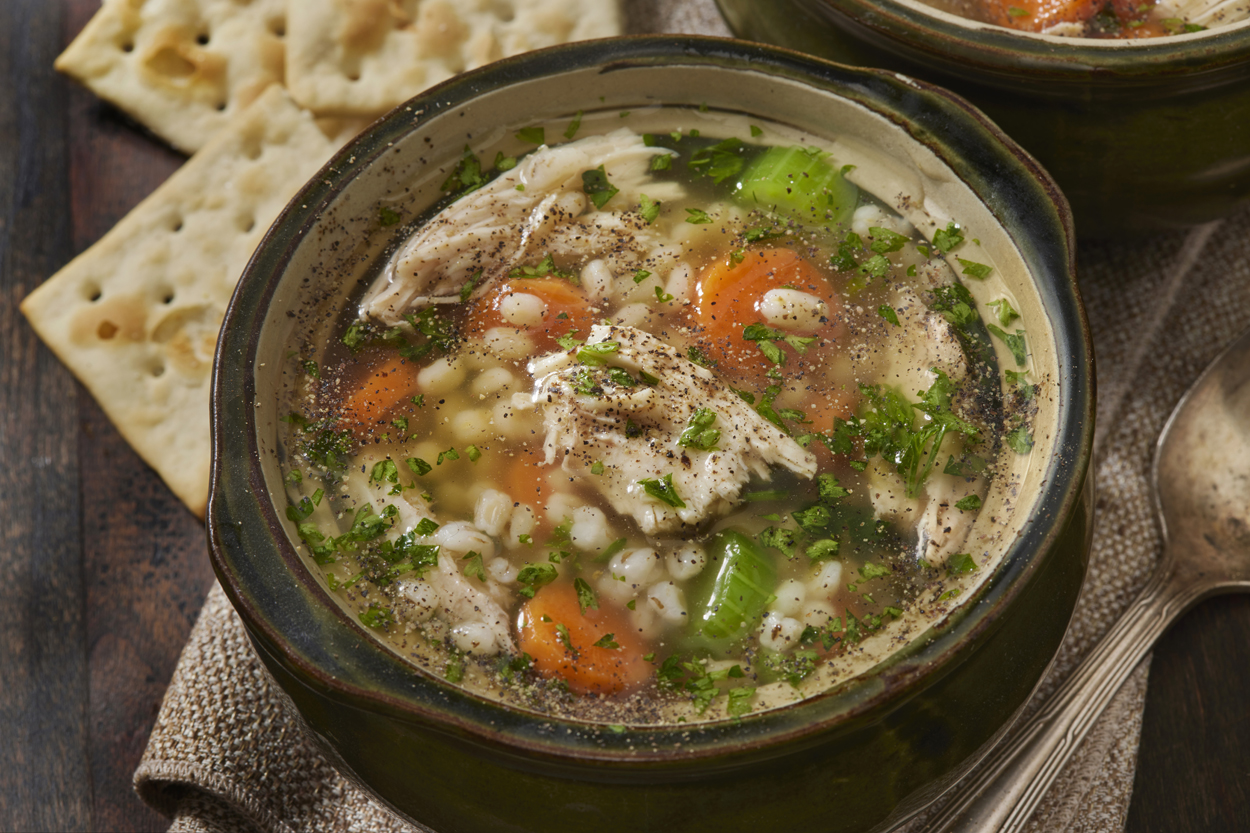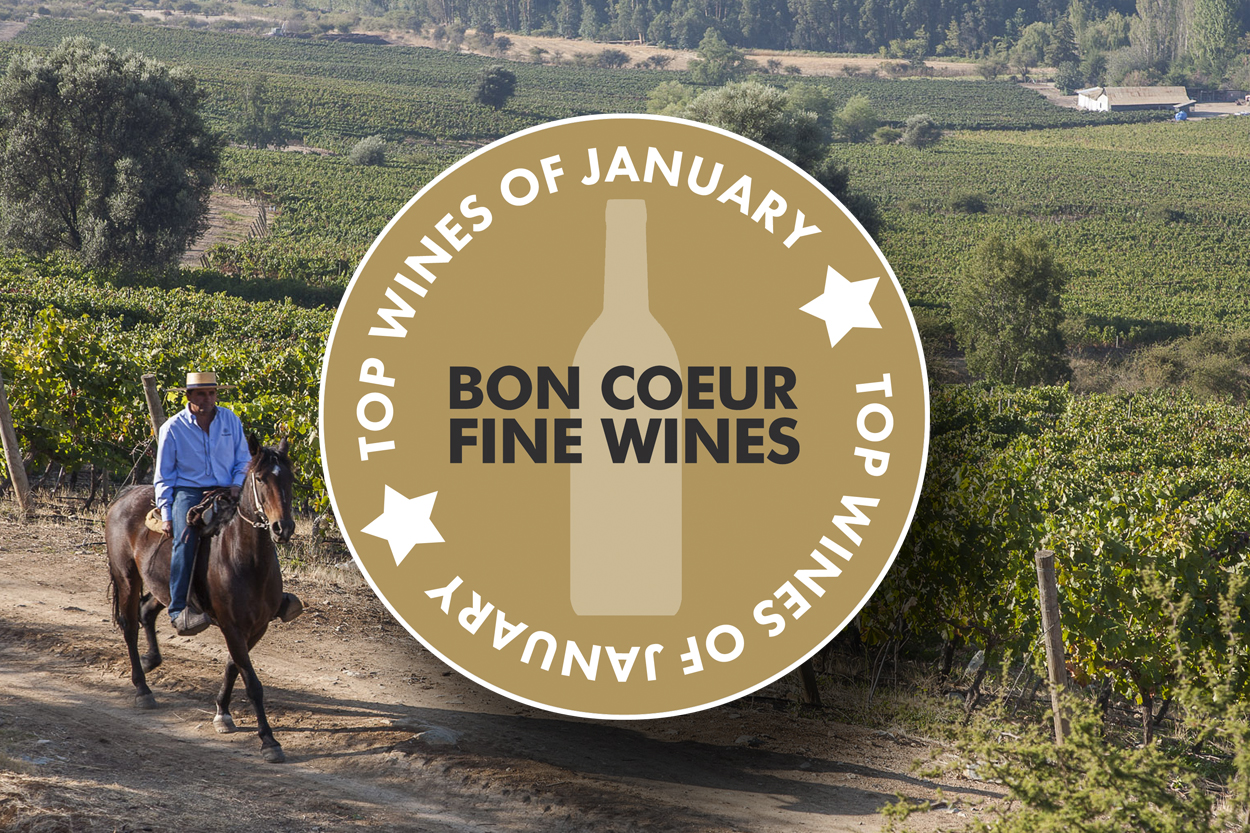The wine industry is continually evolving and it is important to stay ahead of the curve. Here are our predictions on what is going to be in, and what’s going to be out in 2024.
What's hot?
Sustainability: Sustainability is high on the agenda for all wine producers. Larger producers are embracing sustainable practices to decrease carbon emissions whilst smaller boutique producers are moving towards organic and biodynamic wine making practices. Consumers are more environmentally conscious than ever, and they are seeking out wines that align with their values which are focused on a more sustainable future.
Regional Italy: Italy has always been a most fascinating wine producing country, with the sheer number of native grapes and diversity of geographical locations. Now we have more choice available than ever before on the UK market. My top picks for red grape varieties, worth seeking out are Frappato from Sicily, Refosco from Friuli and Albarossa from Piedmonte. For white varieties, try Ribolla Gialla from Venezia Giulia, Pecorino from Abruzzo and Vermentino from Tuscany. Viva Italia!
English Sparkling Wine: England can now proudly claim to be a global contender in the sparkling wine market. Pinot Noir and Chardonnay, grown on Kimmeridge clay, are used to create bottle-fermented sparkling wines, made in the same way as those from Champagne.
Loyalty Perks: Customers are looking for that little bit extra, added value, a reward for their loyal custom. We have introduced our Love Local initiative for our local customers who shop in store at our Cellar 21 showroom, and we are launching the VIP area on our website where our valued customers will be able to take advantage of our special offers, first access to sale previews and access to limited releases.
No or Low Alcohol Wines: This category is gaining momentum as people choose to reduce their alcohol intake for various reasons, and still want to enjoy a nice glass of wine. The quality is continuing to improve and we have tried and tested a few of the best including ALT sparkling wines (Chardonnay and Rose) and the Torres Natureo 0% Muscat and Syrah wines.
Re-emergence of South Africa: South Africa will be placed firmly back on the quality wine map in 2024, producing some of the best value wines in the Southern hemisphere. We have a number of new additions to our range from new wave producers focusing on quality and provenance. Check out The Merger red and white blends from the Riebeek Valley Wine Company in Swartland, Elgin Pinot Noir and 12 Mile Syrah from The Old Road Wine Company and Fryers Cove Chenin Blanc and Grenache/Cinsault from Doringbaai on the West Coast.
What's not?
Wines without provenance: There are many wines on the market produced by large companies – bulk or own label supermarket wines, with grapes sourced from wide, non-specific areas with lots of manipulation done in the winery to make wines suit a particular palate. They often contain more sulphates to stabilise the wine and contain more sugar. These are not necessarily bad wines but they do not represent a particular area or demonstrate a sense of place. Consumers today want to know exactly where and how their wine is made and they want to understand the people behind the wine and their story.
Heavy weight bottles: The single biggest source of carbon in the wine industry is manufacturing the glass bottle. Many producers are moving towards lighter weight bottles in order reduce their carbon footprint. We actively source and work with wine producers who have a positive environmental impact on both production and distribution. Buying and shipping direct to our bonded warehouse allows us to reduce the miles on the wine, to minimise impact on the environment. Our team constantly evaluates our operations to ensure they are as efficient as possible. Reducing, reusing, and recycling to minimise waste.

High Alcohol Wines: When temperatures in the vineyards are warmer, the grapes produce more sugar. So, higher temperatures mean more sugar in the grapes, and that results in more alcohol in your wine as the sugar is converted to alcohol during the fermentation process. Wines above 14.5% are now subject to a higher duty rate and consumers are losing appetite for blockbuster wines.
Grand Marques: High pricing of Grandes Marques Champagnes, which have risen around 20% in 2023, will lead customers to seek value elsewhere, like our exclusive award-winning Jacques Boncouer Champagne or alternative traditional method sparklers like Crémant or Cava.
Half bottles: Many producers have stopped producing this format as there is less market demand. This could be due to the advent of good wine preservation systems like Coravin, which can preserve wine for 4 weeks or more, depending on the system, negating the need to buy a smaller format to save wastage. We still carry a selection of half bottles, should you require them!
Funky Natural Wines: Whilst these are popular in certain circles, there are seriously varying degrees of quality out there, ranging from pristine to super funky and cloudy with multiple wine faults that cannot be ignored. Please ere on the side of caution, do your research and stick to quality wine producers!

